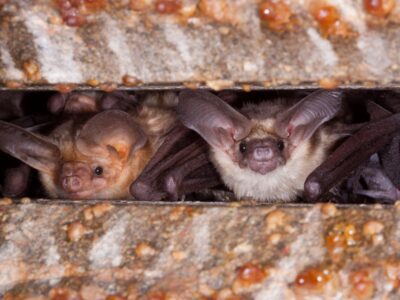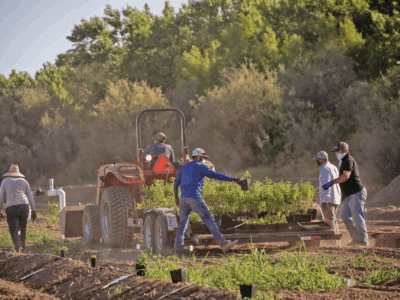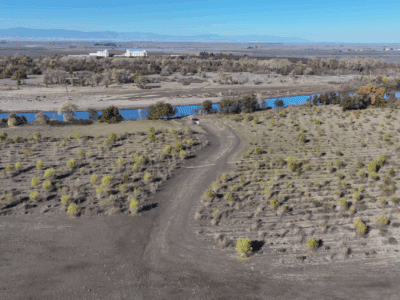For the past 18 years, River Partners Senior Restoration Ecologist Michael Rogner has worked on the Sacramento River. Many of his friends are fisherman, and he loves spending time on the river, especially when he gets to see the salmon spawning.
- With allies including the Yurok Tribe, successful 2020 proof-of-concept projects near Redding are being introduced at six strategic locations along more than 130 miles of the Sacramento River between Redding and Colusa to bring back dwindling salmon populations.
- For endangered Chinook salmon, these projects provide crucial habitat especially during drought years like the current one that result in warm, stagnant water that can be deadly to fish.
- The projects give us a reason to be hopeful for the future of California salmonid populations, which are a keystone species.
“It’s a symbol of what a healthy river could look like,” Rogner said.
Every year, salmon return to the river from the ocean to spawn in the cool upstream tributaries where they were born. Or, at least, they used to.
This year was a different story.
“It’s been a terrible year. We’re looking at potentially a complete failure in the breeding season for salmon because the water is so warm,” explained Rogner. “The winter-run Chinook salmon, which are federally endangered, used to breed high up in the mountains. And now, they are cut off by dams.”
Dams create unnaturally hot water by stagnating flows. In addition to dams, an estimated 95% of riparian forests along the Sacramento River have been lost over the last century. The loss of side channels and floodplain habitat dramatically reduces the ability of the Sacramento River to support healthy fish populations.
Salmon not having the right conditions to reproduce is a huge problem, and not just for those who enjoy fishing, watching wildlife, or spending time on the river. It’s a problem for the entire ecosystem, especially for animals like bears, raptors and whales, who eat salmon for dinner.
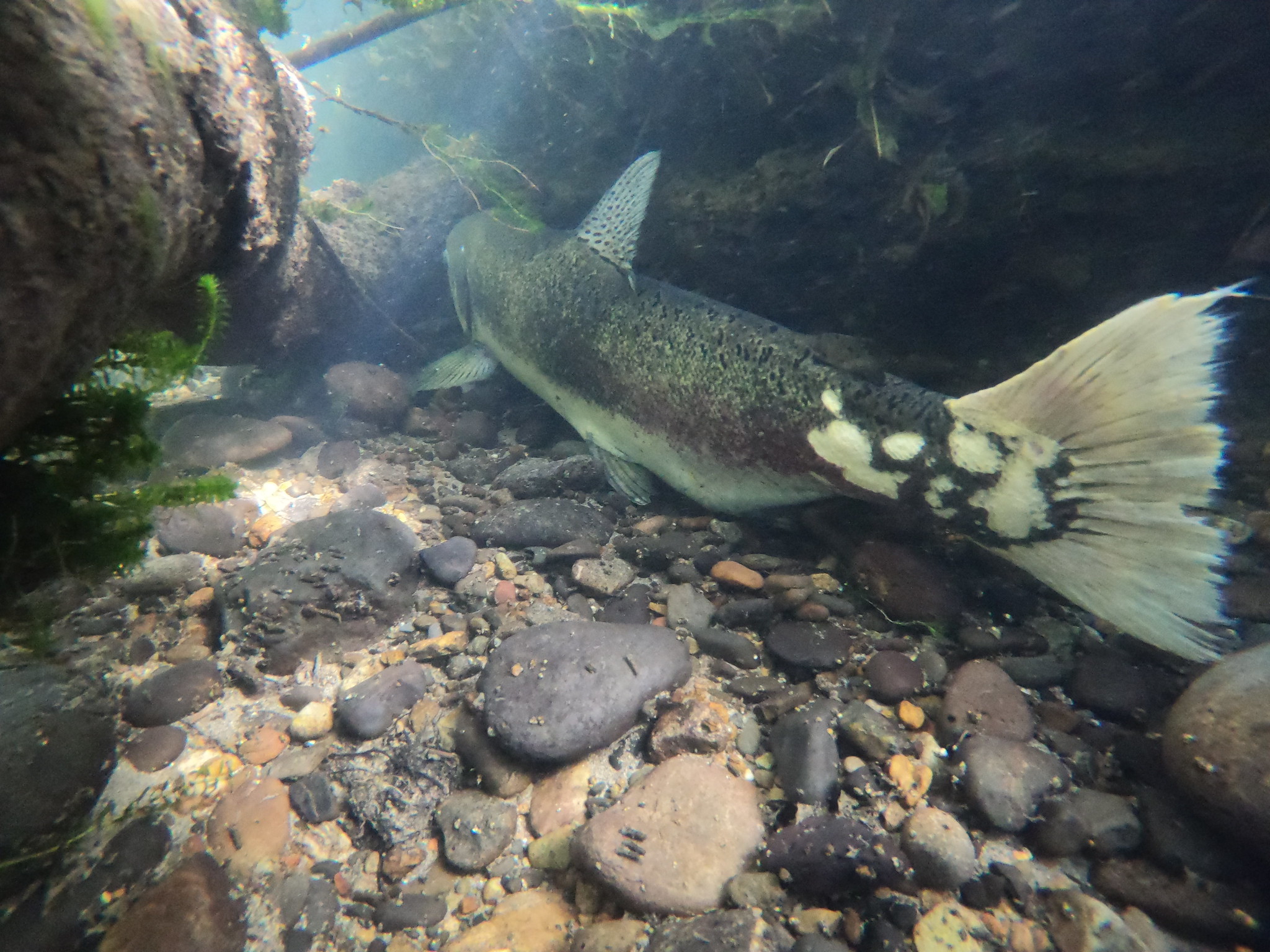
But Rogner hasn’t given up on the salmon, even if this year was a near-complete loss.
“I’m hoping that we can increase the population so everyone can see the salmon spawning, not just the old timers.”
A Promising Solution
To ensure their survival, salmon and closely related steelhead, which together form a class of fish known as salmonids, need heroic levels of effort to help them overcome the challenges they face—and fast.
According to CalTrout & UC Davis Center for Watershed Sciences’ 2017 report ‘‘SOS II: Fish in Hot Water,” nearly half of California’s salmonids are already recognized as threatened, endangered, or extinct. And, if conditions don’t change, a vast majority of the remaining species are likely to go extinct in the next 100 years.
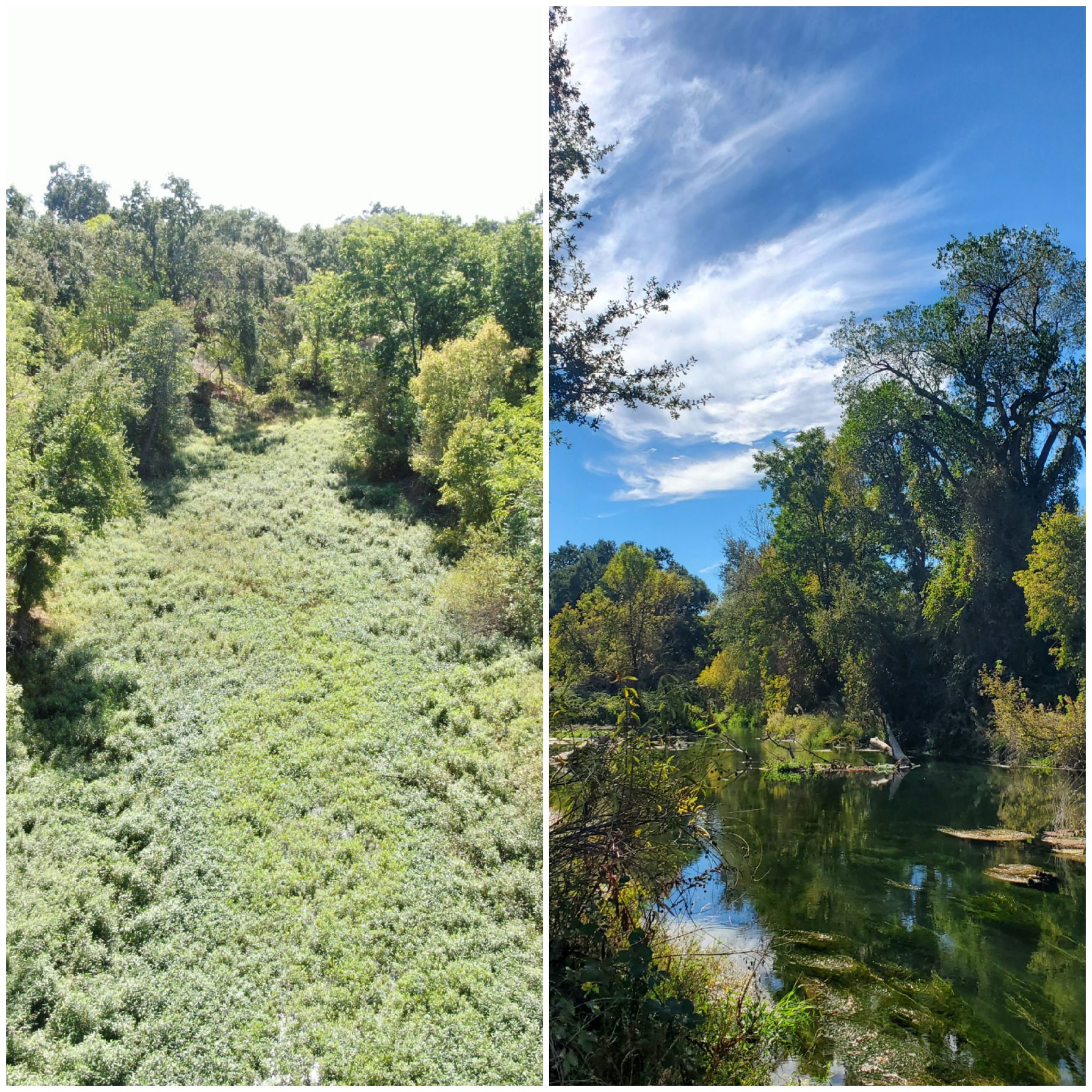
The good news is we can change conditions for salmon and there’s prime habitat that can be restored right now to give boost populations immediately. While the causes of decline are myriad, one solution stands out: restoring historic side channels along the Sacramento River for spawning and juvenile rearing habitat.
Simple Concept, Big Results
Rogner breaks down why side channels—which reconnect flood plains to rivers, and provide slow-water refuges for spawning and juvenile fish—are giving salmon the break they need:
“The most important factor regarding whether or not salmon survive their time out in the ocean to come back and breed is how big they are when they reach the Golden Gate. The juvenile fish just love the side channels because there’s lots of food, there’s lots of cover. They grow very quickly since there’s not many predators. The main channel of the Sacramento River is kind of a desert from a fish’s perspective. The side channels help them grow faster and get down to the Golden Gate as a much bigger, more robust fish.”
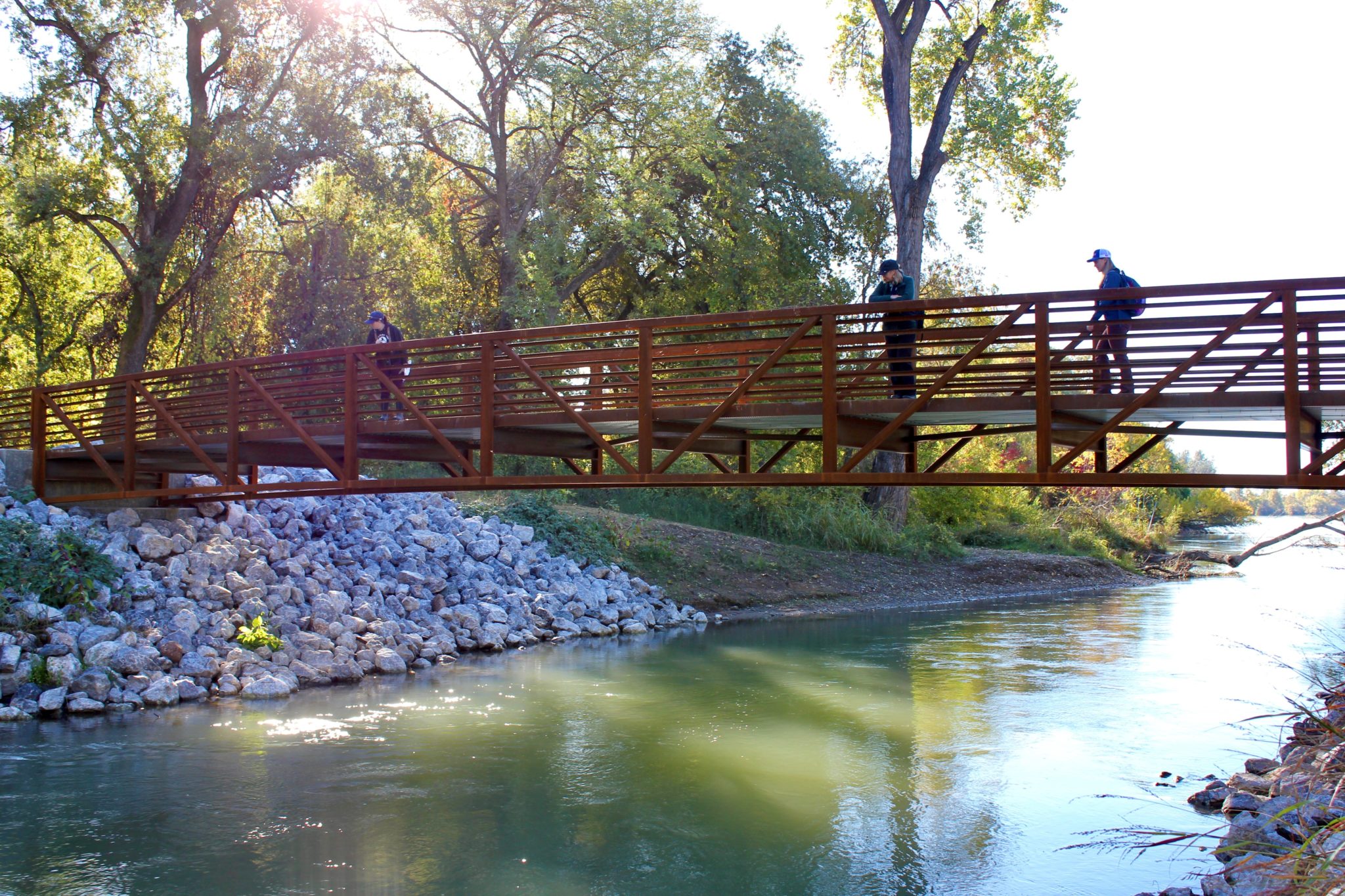
The side channels we and partners put the finishing touches on last year near Redding, California, were a big hit. River Partners Restoration Biologist Kim Armstrong witnessed how “the salmon started using the side channels basically immediately once we let the water in. It’s exciting that we’re doing work on the river that impacts the fish right away.”
More of a Good Thing
Over the next five years, River Partners and allies will engineer six more side channels at strategic locations along more than 130 miles of the Sacramento River between Redding and Colusa.
Side channel construction starts with measuring the elevation of the river and surrounding banks, and identifying and mapping out optimum locations. Then, after modeling to identify which sites are a good fit in terms of impact and feasibility, as well as securing the necessary permits, crews reshape channels off the main river with heavy machinery so water can flow year-round.
Once the water has returned, “we go in and plant the sides of the riverbank with willow and cottonwood cuttings not only for habitat, but for erosion control,” Armstrong said. “Areas next to the channels are seeded with native grasses and flowering plants.”
Restoring habitat directly on the banks of the river benefits all kinds of river processes, Rogner affirmed. “Cottonwoods and willows require that connection to the river, and that attracts more wildlife.”
The Power of Partnerships
River Partners is honored to be partnering again with the Yurok Tribe, whose ancestral homeland encompasses the lower Klamath River and Pacific coast in northwestern California. The Yurok Tribe Construction Corporation’s team of restoration experts have decades of experience leading fish habitat construction projects on the Trinity River as well as several other tributaries in the Klamath and Sacramento basins. The Tribe has a reputation for transforming severely degraded environments into highly productive habitat for fish and wildlife. Their expertise and unique relationship to salmon will give the new Sacramento River projects a leg up.
Josh Meyer, a Yurok citizen, traditional salmon fisher and seasoned watershed restorationist for the Yurok Construction Corp, has ample experience building new side channels and the large wood configurations fish will one day seek shelter beneath. He shared his perspective on why he loves restoring rivers for wild salmon.
“Fish are our lifeblood, they’re in our DNA. They’re what we live on. I want my kids and grandkids to be able to eat the fish. The best part of this work is when I get to see the underwater video of the fish using the channel I helped build. That is something special.”
Underwater Video of Chinook Salmon and Trout juveniles in Nur Pon Open Space Side Channel, Redding, CA. Video by John Hannon.
“The Yurok are a super-important partner,” said Rogner. “You’ve got people who have been here for thousands of years now stepping in and recovering these species.” River Partners’ efforts with the Yurok along the Sacramento River in Redding over the last few years was the proof-of-concept that helped drive salmon-centered restoration in other parts of the Sacramento Valley.
Despite the odds being stacked against salmon, allies like the Yurok and collective efforts to bring life back to the Sacramento are part of a hopeful story for what the future could hold.
“We have the ability to improve the actual conditions in the river,” Rogner said. “To go out there and see salmon spawning in a channel that was opened two weeks earlier is pretty exciting.”
Other important project partners include Chico State, the Sacramento River Forum, Department of Water Resources, Tehama County Resource Conservation District, and multiple irrigation districts. Central Valley Project Improvement Act funds made this important and inspiring project possible.


